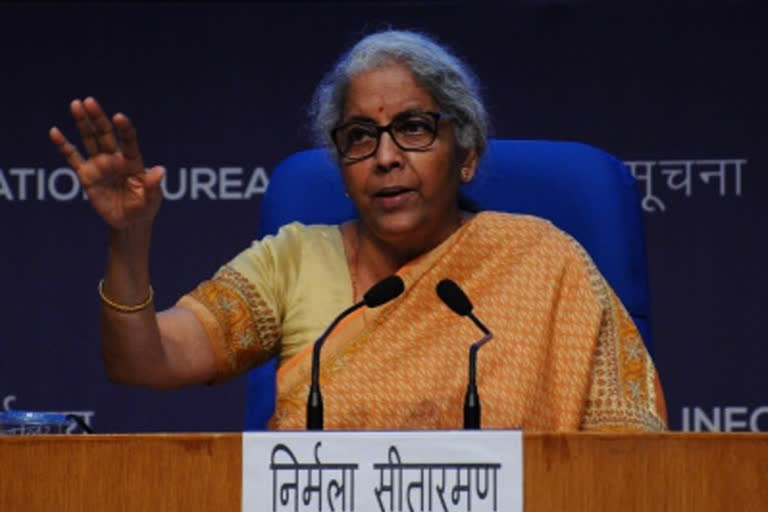New Delhi: The Union Budget or Annual Financial Statement presented to the Parliament is the most comprehensive statement of the Union government’s receipts and expenditures. While the details of the government’s receipts, which are tax and non-tax revenue collections, interest earning, dividends etc. are arranged in the receipt budget, its expenditures are organized in the expenditure budget.
Article 112 of the Constitution says that the President shall in respect of every financial year cause to be laid before both the Houses of Parliament a statement of the estimated receipts and expenditure of the Government of India for that year. It will be referred to as the Annual Financial Statement.
It also lays down the condition that the expenditure shown in the annual financial statement will separately show the expenditures that required voting in the Parliament and that does not require voting – known as voted and charged expenditure respectively.
Article 112 also stipulates that the revenue expenditure of the government will be shown separately from all other expenditures. Revenue expenditures are those expenditures that do not result in the creation of any kind of assets for the government such as payment of salary and wages, routine expenses, among other things.
Expenditure Budget
All the proposed expenditures of the government in a financial year are presented to Parliament as demands for grants. The provisions made for a scheme or a programme may be spread over a number of major heads in the revenue and capital sections in a demand for grants.
